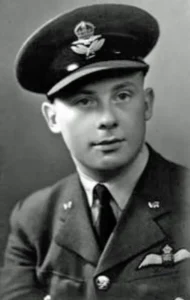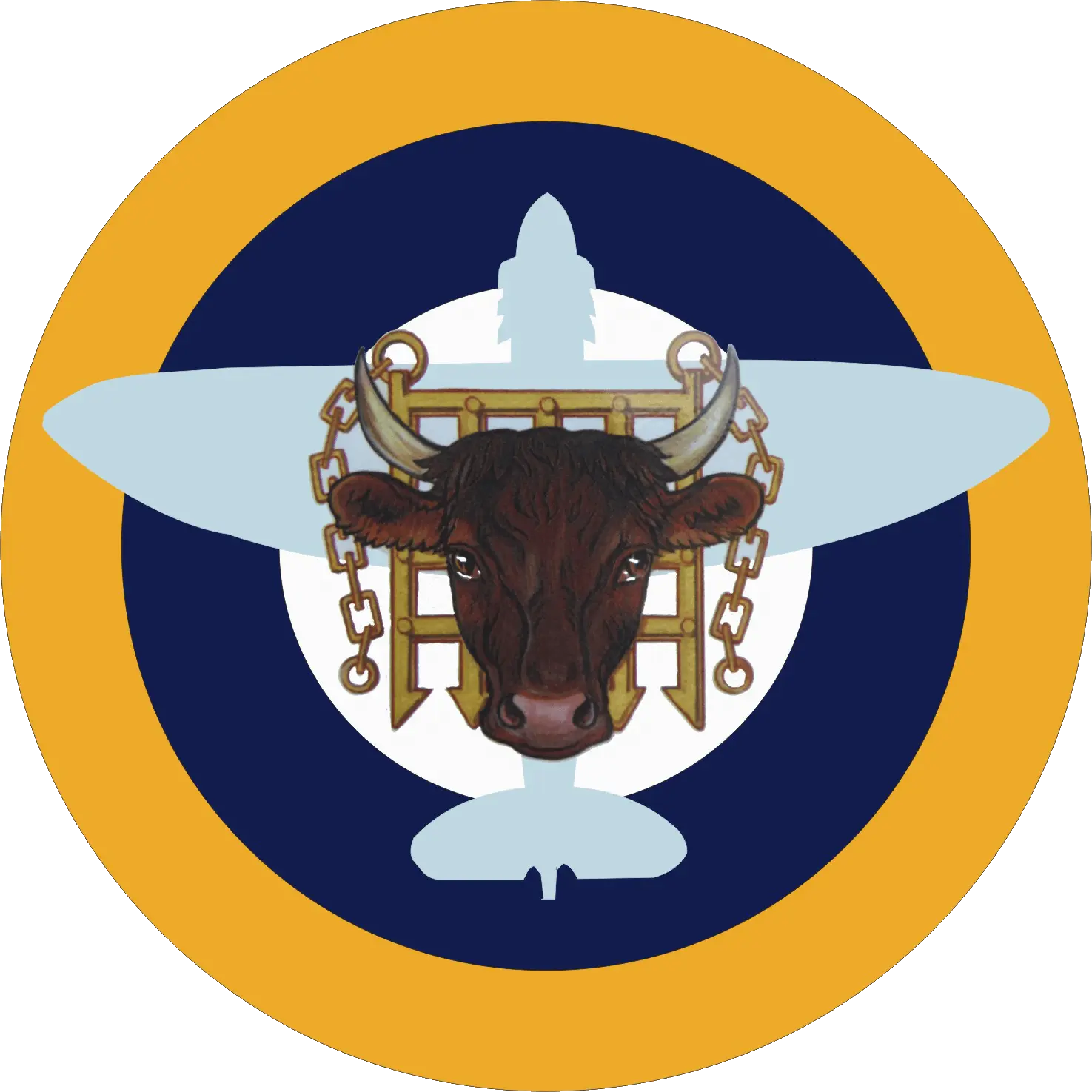Pilots
Pilots from around the world who served at RAF Hornchurch
American

William Ash
He enlisted in the Royal Canadian Air Force at Windsor, Ontario, on 22nd June 1940.
After completing his training, he was assigned to Embarkation Depot on 3rd April 1941 for the voyage to England, where he completed a period with an Operational Training Unit before joining 411 Squadron RCAF. He flew Spitfires in many defensive and offensive missions, including an attack on the German battleships Scharnhorst and Gneisenau. In 1942, he flew in ‘Big Wing’ fighter sweeps over France with 411 Squadron. William Ash: the world war two legend who became a radical | openDemocracy
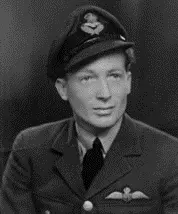
Australian
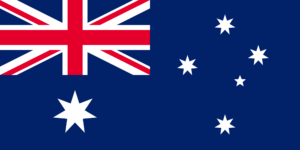
Gordon Olive
He had been posted to 65 Squadron at Hornchurch in May 1937 and three years later he was still with the squadron but was by then a Flight Commander. He destroyed at least five enemy aircraft during the Battle of Britain and on 19 August 1940 was promoted flight lieutenant, winning the Distinguished Flying Cross on 24th September 1940. https://www.bbm.org.uk/airmen/Olive.htm

Belgian
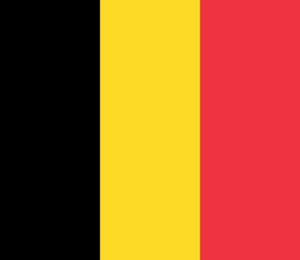
Michel Donnet
He had originally served in the Belgian Army and then the Royal Air Force during the Second World War. He shot down four enemy aircraft confirmed and achieved the rank of wing commander. When 64 squadron relocated to RAF Hornchurch with Spitfire Mk V’s. His time there was spent on dogfighting exercises and also took part in escorting USAAF B-17s during the Dieppe Raid. They Were There Signatory
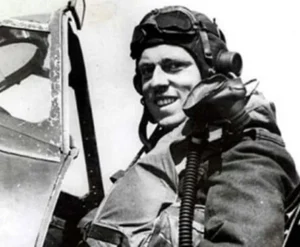
Canadian
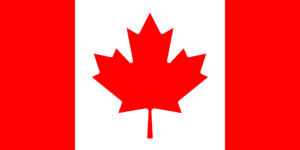
Georges Nadon
Flight Sergeant Nadon of 122 Squadron was the focus of a photo story feature at RAF Hornchurch in May 1942. The Photographer’s brief was to record the movements of a single pilot over the course of a day. The 27-year-old French Canadian is seen striking a pose in the cockpit of his Spitfire. When he was asked to list his hobbies, somewhat predictably the response was ‘girlfriends and beer’!
Georges Nadon – Spitfire pilot, flew 277 sorties | Aviation Trails (wordpress.com)
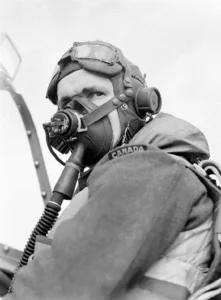
Czech
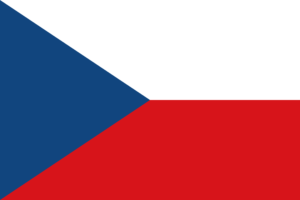
Vaclav Jicha
313 squadron were the very first overseas squadron to contain all foreign nationals, as prior to that there was just a scattering of European pilots mixed in the British squadrons.
313 squadron had been established on 10th May 1941 at Catterick and then moved down to RAF Hornchurch in December of that year staying until February 1942, then returning again from March to April 1942. Pilot officer Jicha was one of the unit’s founding members and by 27th May 42’ he had achieved 4 shared victories and 1 damaged. Becoming the first Czech pilot to destroy a Focke Wulf 190 on 28th March 1942. Battle of Britain London Monument – Sgt. V Jicha (bbm.org.uk)
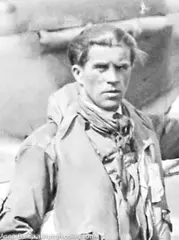
Dutch
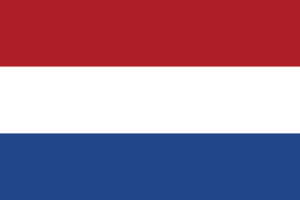
Abraham Pennings
Three young KNIL Dutch East Indies pilots were chosen in 1941 by Prince Bernhard to help in the air war against Germany. The plan was that Dutch pilots would co-operate with the RAF to push the invaders from the Netherlands. So, Bram Pennings Jan Bruinier, Theo Buijs were all sent to England to an OTU to convert to Spitfires, then joining 611 sqn at Hornchurch and are sent on their first major mission, an attack on German positions on Walcheren in Zeeland, that mission is fateful for one of the pilots from 611 squadron’s P/o Pennings whose Spitfire P7774 which is suspected to have either been shot down by AA fire or a defending Bf 109, both linked to Flushing aerodrome on 28-4-41. 1941-04-28-Loss of Abraham Pennings (aircrewremembered.com)
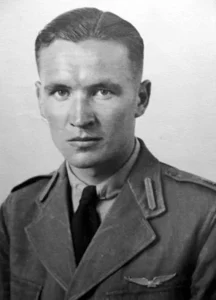
English
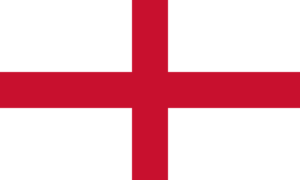
Eric Lock
He was born in Shrewsbury, Shropshire in 1919 and had his first experience of flying as a teenager. In the late 1930s with war a possibility and the likely event of him being called to arms, so decided that he would prefer to fight as an airman. He joined the RAF in 1939 and completed his training in 1940 and was posted to 41 Squadron in time for the Battle of Britain. He became the RAF’s most successful Allied pilot during the battle while at Hornchurch. Battle of Britain London Monument – P/O E S Lock (bbm.org.uk)
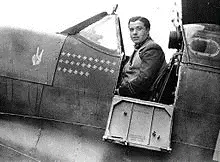
French
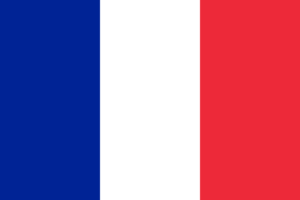
André Gibert
He started his pilot career with the Aéronavale gaining his pilot licence in 1938. He participated in the 1940 campaign serving with L’escadrille T3 on Latécoère 298. After the armistice, he was demobilised and initially remained in the country. However, in February 1941, he enlisted as a sailor on a cargo ship to St. Thomas (Virgin Islands), with the aim of joining General de Gaulle’s Free French forces in Britain. He did so after a long journey via New York, Canada, and a 25-day long Atlantic crossing on board a convoy ship, he became one of the first pilots to join Free French forces in England. André Gibert – Les Français Libres (francaislibres.net)
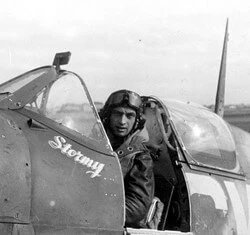
Greek
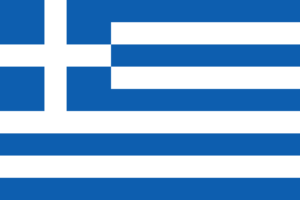
John Plagis
John Agorastos Plagis was the highest scoring Greek pilot and ace of the WWII, credited with 16 kills. He was the son of Agorastos Plagisos, later cut to Plagis for easy pronunciation. His parents had emigrated from the island of Lemnos and went to Rhodesia (now Zimbabwe). At the outbreak of Hostilities between Britain and Germany, I immediately volunteered for the Rhodesia Air Force, at the time his application was unacceptable, due to the fact that legally he was a Greek Subject owing to the fact that he had been born of Greek parents, who were Greek Subjects. Therefore, throughout the Second World War he served as a Greek Subject in the Royal Air Force which he Joined in 1940 and completed training in Southern Rhodesia. Commencing operational flying from England during the tail end of the Battle of Britain. https://www.greeks-in-foreign-cockpits.com/pilots-crews/fighter-pilots/john-agorastos-plagis/
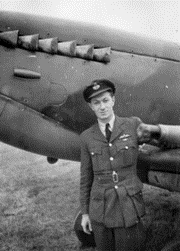
Irish

Brendan Finucane
He was born in the Irish City of Dublin on 16th October 1920. He was the eldest of five children and in his youth, he attended the local Christian Brothers O’Connell School. Brendan’s mother and father, Florence and Thomas Finucane moved their young family away from Dublin to Richmond in England in 1936. As a young 19 years old Pilot Officer he was posted to 65 Squadron at RAF Hornchurch during mid-July 1940 just as the Battle of Britain had begun. He was soon in action against the German Luftwaffe, and it wasn’t long before he shot down his first enemy aircraft, a Messerschmitt Bf 109, on 12th August 1940 along with a ‘probable’. Then on the following day when the Chief of the Luftwaffe, Hermann Göring launched his much-anticipated Adler Tag – Eagle Day, he doubled his score when he destroyed another Bf 109. Battle of Britain London Monument – Pilot’s Stories – FO BE Finucane (bbm.org.uk)

Kenyan
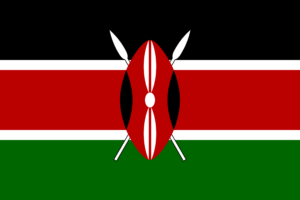
John Allen
He joined the RAF in June 1937 and went to No.8 FTS Montrose on 21st August. He was involved in an air training flight in January 1938 when he disappeared, various searches failed to find him. Early the next morning an RAF search plane spotted wreckage on Glen Dye moor, Kincardineshire. He was rescued but was badly injured and after a long stay in hospital he finished his training and joined 54 Squadron at RAF Hornchurch on 5th December 1938.
On 21st May 1940 between Dunkirk and Calais Allen probably destroyed a Ju88, this was 54 Squadron’s first victory. Battle of Britain London Monument – F/O J L Allen (bbm.org.uk)

New Zealander (Kiwi)
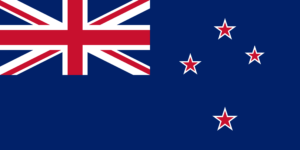
Alan ‘Al’ Deere
He arrived at Hornchurch to join 54 squadron in September 1938. His first taste of combat came in mid-May 1940 when the squadron were assigned to cover the evacuation of the British Expeditionary Force (BEF) from Dunkirk. In the course of one week, he destroyed six Luftwaffe aircraft and was shot down himself – returning to Hornchurch 19 hours later after hitching a ride on a boat across the English Channel and then taking the train. For his efforts during the Battle of France and was awarded the Distinguished Flying Cross (DFC), which was presented to him by King George VI on 27th June 1940.
Battle of Britain London Monument – F/Lt. A C Deere (bbm.org.uk)
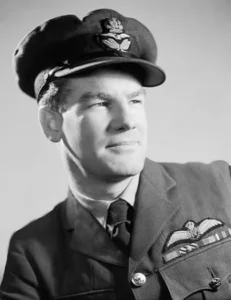
Norwegian

Jens Tryggve Gran
In 1914 war broke out which was to envelop the world, although Norway was neutral. But Gran joined the Royal Flying Corps under the alias of Teddy Grant, a Canadian, as part of 39 Squadron based at Suttons Farm, Hornchurch. Two years earlier in 1912 Gran had been part of Captain Scott’s ill-fated expedition to the South Pole. Gran was part of the search party which eventually found the bodies of Scott and his companions frozen to death in their tent. Gran travelled back to base camp using Scott’s skis. Pilot’s Post – A brief history of Jens Tryggve Herman Gran (pilotspost.com)
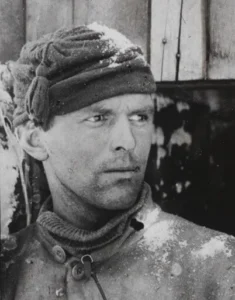
Polish
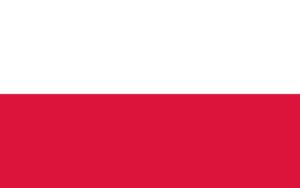
Boleslaw Drobinski
He joined the Polish Air Force in January 1938, and finished his training August 1939.
He and other Polish pilots were ordered to Romania where they were interned. He escaped making his way with help to England via France, Yugoslavia and Italy and then finally arriving at Southampton in January 1940. He was commissioned in the RAFVR and sent to RAF Eastchurch for an induction and tuition in English, then moving to the Polish Wing at No.3 School of Technical Training and onto No.1 School of Army Co-operation, and then to 3rd Polish Pilots Course, for testing and grading and finishing at No.7 OTU to convert to Spitfires, then joining 65 Squadron at RAF Hornchurch on 22nd August 1940. Battle of Britain London Monument – P/O B H Drobinski (bbm.org.uk)
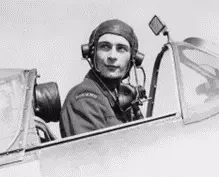
Scottish
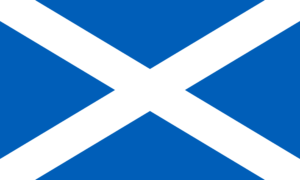
Ian Hutchinson
He was born in Glasgow in November 1918, and joined the Royal Air Force Volunteer Reserve in May 1938 as an Airman under training (u/t) Pilot and began his training at No.12 ERFTS Prestwick Scotland. By October 1939 he was sent to No.12 Flying Training School at Grantham in Lincolnshire and on completion of his training was posted to 236 Squadron at Martlesham Heath, operating Bristol Blenheim’s. On 9th February he was further posted to 222 Squadron at Duxford who were also equipped with Blenheim’s. The Blenheim’s were replaced by Spitfires in March 1940 and the squadron was moved to Hornchurch in May. On 30th August his aircraft was damaged in combat, and he force landed at Damyns Hall Farm, Rainham, and was unhurt.
Battle of Britain London Monument – Sgt. I Hutchinson (bbm.org.uk)

South African
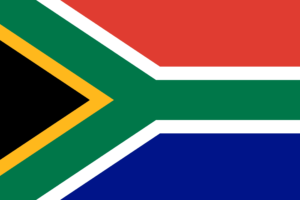
Adolph ‘Sailor Malan
In February 1924 Malan became a cadet on the training ship ‘General Botha’ and joined the Union Castle Steamship Line in 1927. He joined the Royal Naval Reserve on 19th February 1932 as an Acting Sub-Lieutenant and was commissioned as a Sub-Lieutenant on 18th June 1935.
Later in 1935 he applied for a short service commission in the RAF and was accepted to begin his flying training. On 1st March 1936 he relinquished his RNR commission and went to No.3 Flying Training School, and with his training completed he joined 74 Squadron at Hornchurch on 20th December 1936. His previous naval occupation earned him the nickname ‘Sailor’ which persisted throughout his RAF career. Battle of Britain London Monument – S/Ldr. A G Malan (bbm.org.uk)
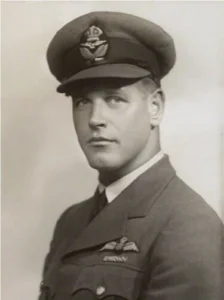
Welsh
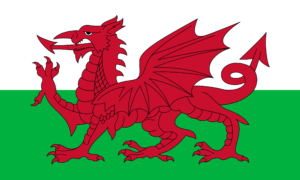
Bryan Draper
Originally from Barry in South Wales and born on 26th March 1916, the son of John Robert Draper and Nellie Dixon. He joined the RAFVR April 1938 as an Airman (u/t – under training) pilot. Called up to full time service on 1st September 1939, and was commissioned in December and arrived at 11 Group Pool St Athan on 28th December. After converting to Spitfires, he was posted to No.2 Ferry Pilot Pool (ATA) in January 1940, but then moved to 74 Squadron on 17th February. From September 1936 until May 1940 74 sqn went between Hornchurch, with detachments going down to Rochford. Battle of Britain London Monument – P/O B V Draper (bbm.org.uk)
